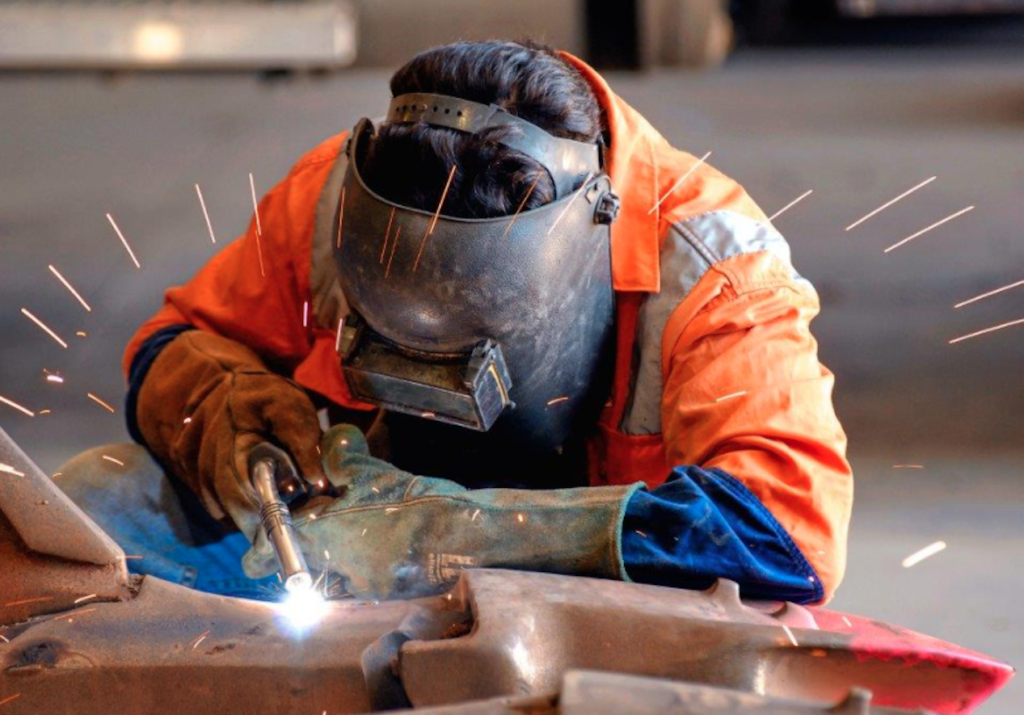If you have started learning how to weld then it may be quite exciting for you to learn lots of information about the welding process. However, are you aware of how many different types of welding processes exist? Quite a few of them can be easily learned while few other processes may be too difficult to learn.
Let us get brief information about a few different types of welding processes that you can perform by using the best welding equipment from CIGWELD. You will find that few welding types can produce very clean results while quite a few may not be so. It will actually depend upon what kind of metals are you using for welding.
The following are a few different types of welding processes that you must know.
1. Gas tungsten arc welding
This type of welding is a very precise kind of welding and can create visually appealing welds that do not need any cleanup. Because of these traits, it is considered quite a difficult welding type that is only reserved for very experienced welders.
2. Flux-cored arc welding
For a thicker and heavier metal, this type of welding suits better, since it is a very high-heat welding method. Mostly, this welding is preferred for the repair of heavy equipment repairs.
3. Shielded metal arc welding
This type of welding does not need gas, hence can be used in any outdoor location, even if there are rains and winds. It can also work quite well on any painted, rusted, and dirty surfaces, and hence will be great for equipment repairs.
4. Gas metal arc welding
This is a very simple type of welding process that any new welder too can easily perform. It is a very quick process where the filler metal will be fed through the wand, and gas will be expelled around it for shielding it from any outside elements.
5. Submerged arc welding
Submerged arc welding produces a strong weld with very deep penetration, that can be done efficiently and quickly with minimal preparation. It can also protect the welder from exposure to UV light and due to the flux layer.
6. Gas welding/oxyacetylene welding
There are several advantages of this welding process. Since a pressurized gas-filled handy cylinder is used that is portable and very easy to use, and also versatile for different metal sizes. It is a very economical and safe option for a novice.
7. Thermit welding
It is also a very fast and simple method for joining similar or dissimilar metals. You will not require any power supply for this process and need only to heat your thermite at 1300°C.
8. Forge welding
This is one of the oldest welding techniques and people have been using it for centuries. Here the metal is heated and hammered and finally cooled to provide the shape.
9. Electron beam welding
Welding of this type involves firing the high-velocity electron rays at the welding metal. The energy gets transferred to the sheets and melts the welding metals and joined.
10. Plasma arc welding
The method uses a very high temperature to get a strong and deep weld. This technique is mostly used in the aircraft industry but not for any DIY users or hobbyists.

